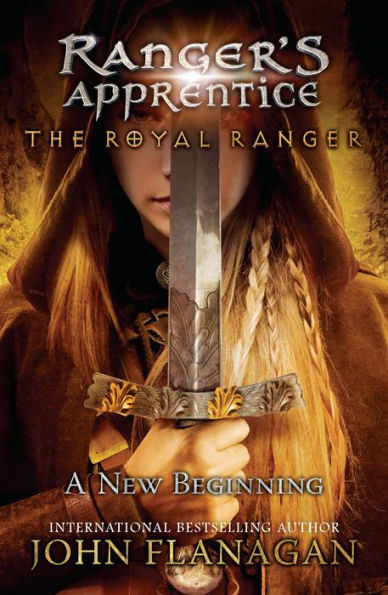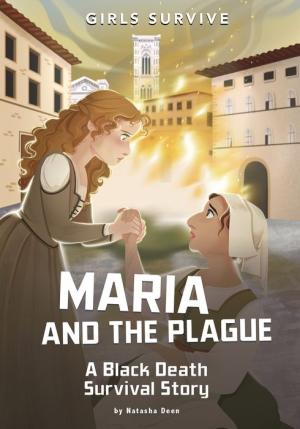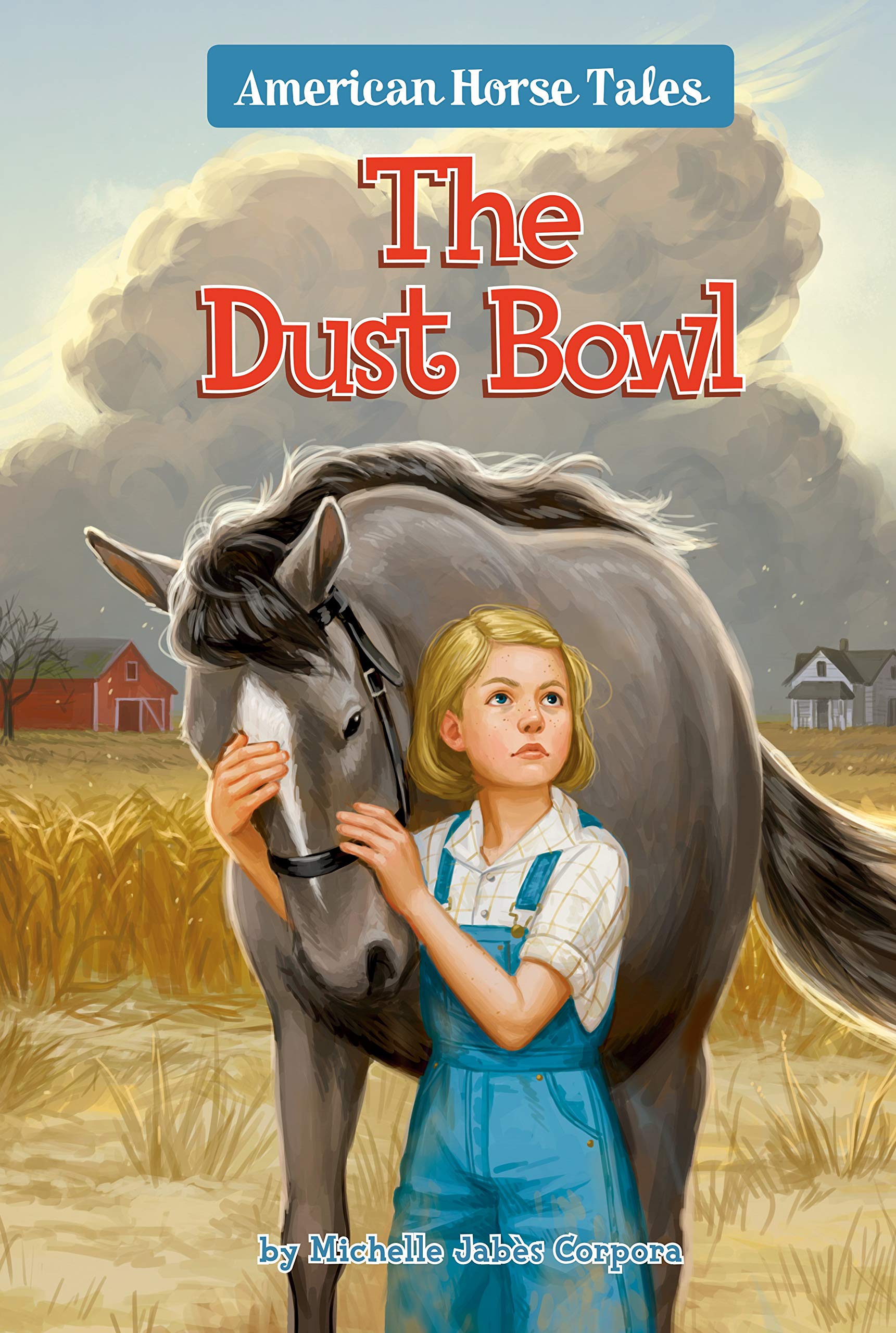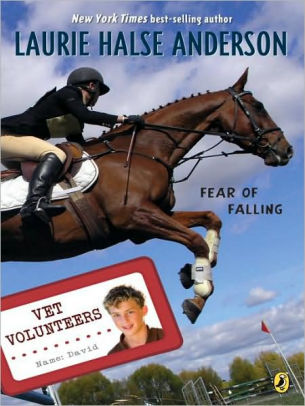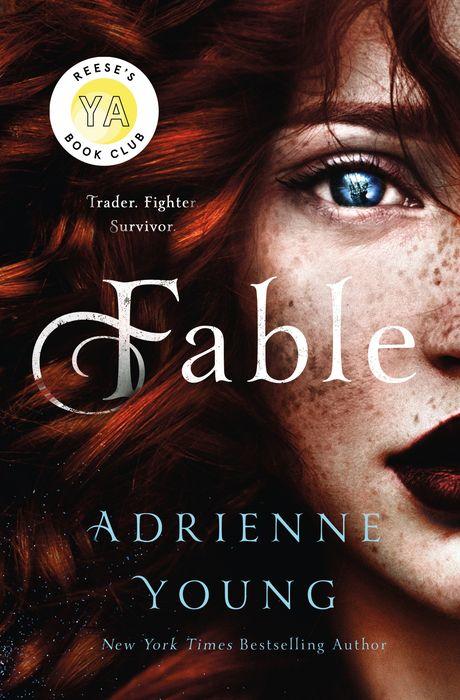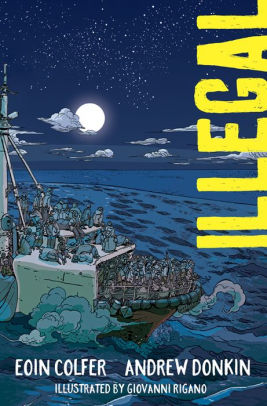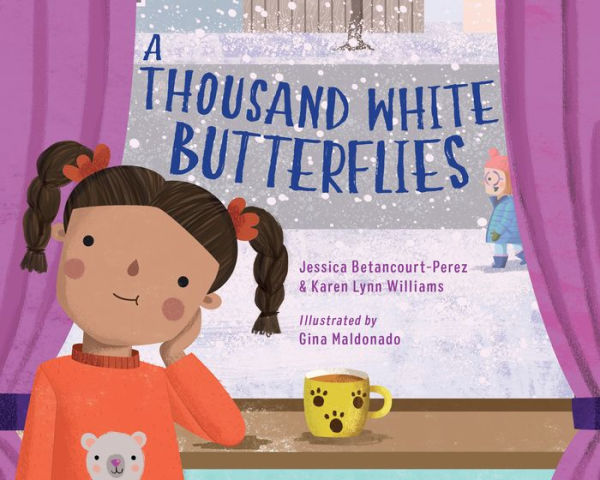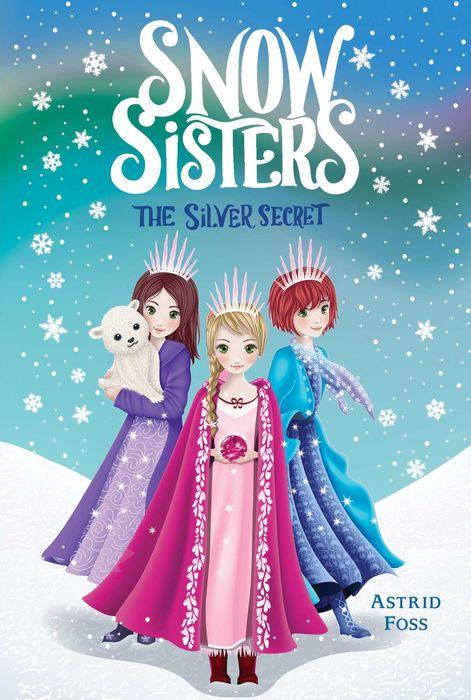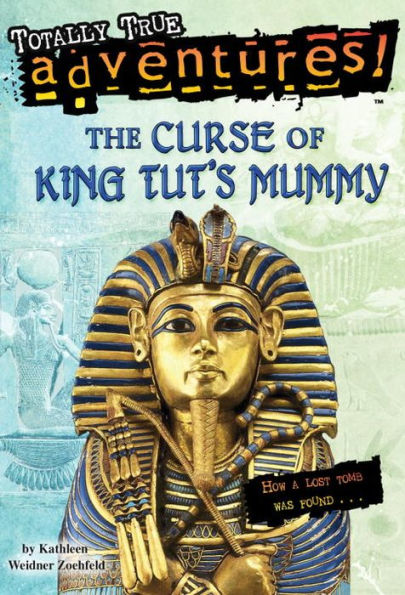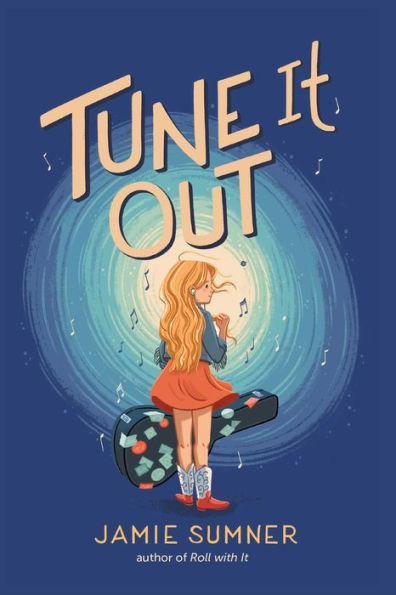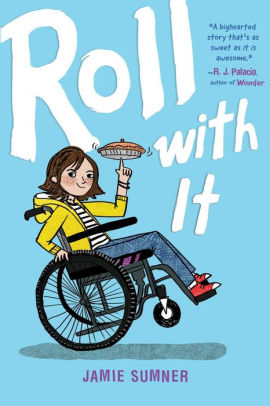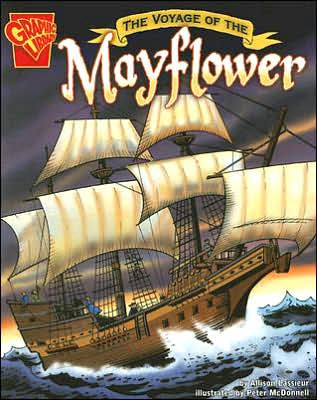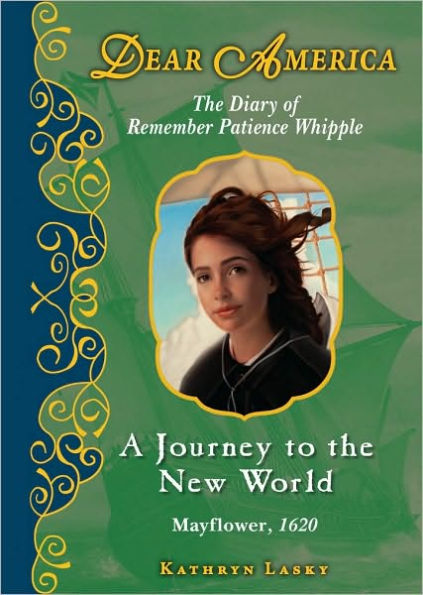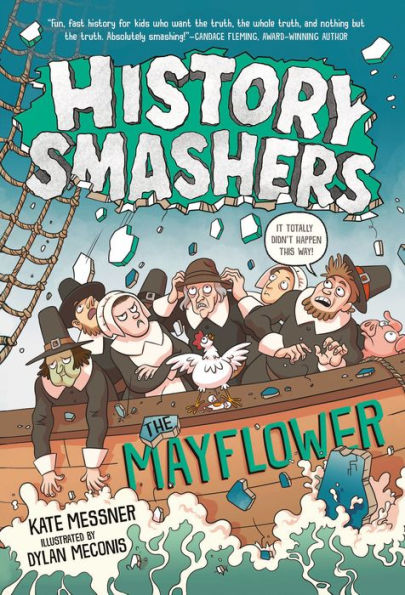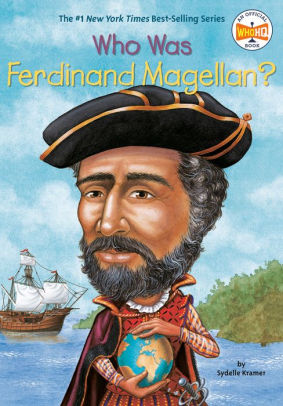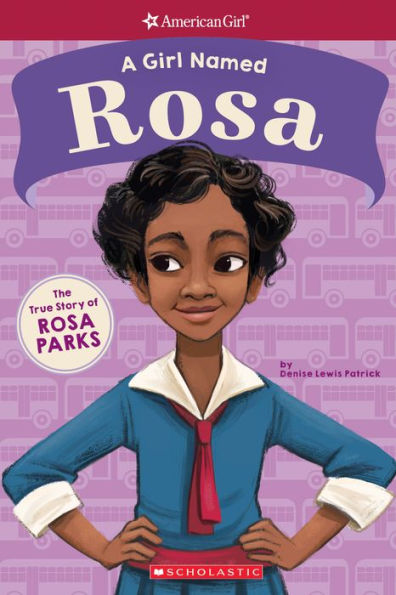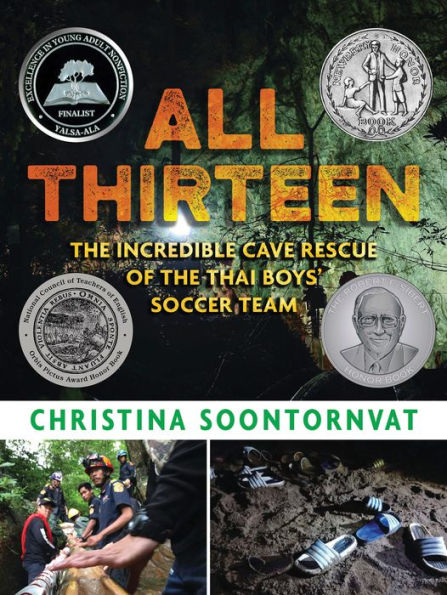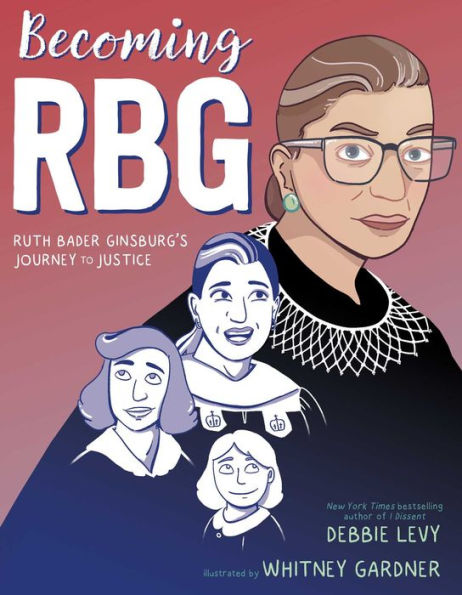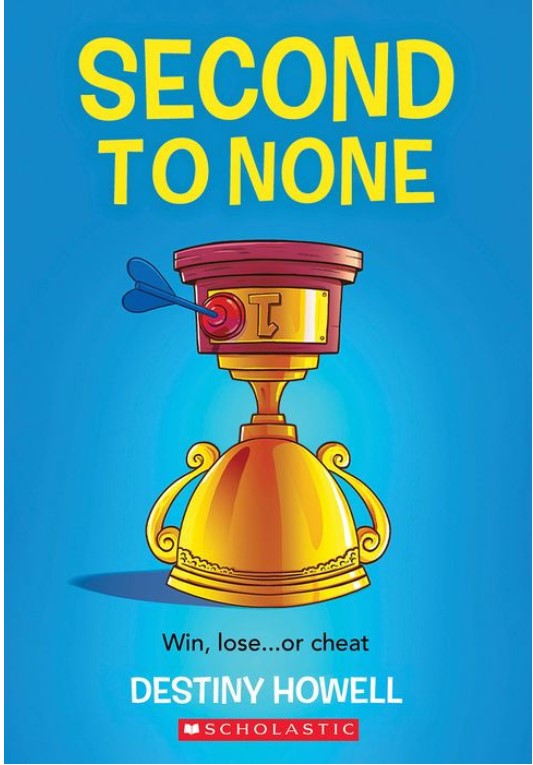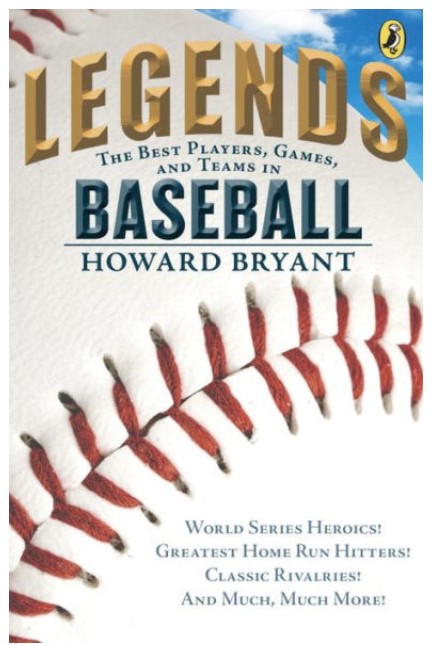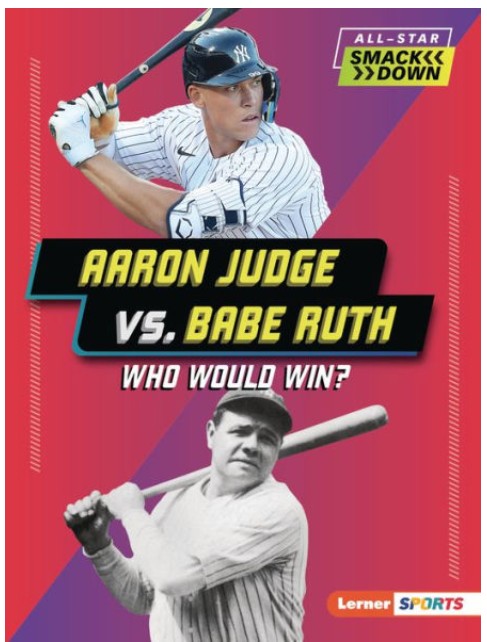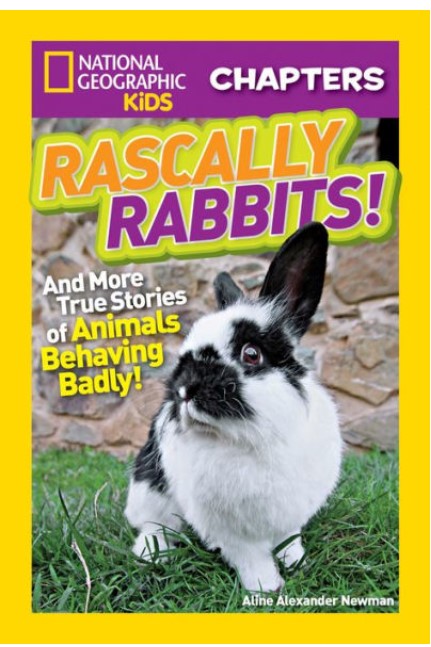Will Treaty has come a long way from the small boy with dreams of knighthood. Life had other plans for him, and as an apprentice Ranger under Halt, he grew into a legend—the finest Ranger the kingdom has ever known. Yet Will is facing a tragic battle that has left him grim and alone. To add to his problems, the time has come for him to take on an apprentice of his own, and it’s the last person he ever would have expected: Princess Madelyn, the daughter of Princess Cassandra. Will will have to win the trust and respect of his difficult new companion—a task that at times seems almost impossible.
A New Beginning brings the exciting tale of Horace and Cassandra’s daughter, Maddie. Fans of the Ranger’s Apprentice Series will be eager to follow Will Treaty on an epic journey that pits a group of evil slavers against Will and Maddie. The fast-paced story has plenty of adventure and action as well as humorous moments. The first part of the story focuses on Maddie’s Ranger apprenticeship where she not only learns the skills of a Ranger, but also learns to have compassion for the common people. The second part of the story focuses on Will and Maddie as they investigate the kidnapping of children. Both parts expertly merge for a suspenseful conclusion that contains several surprises.
As a princess, Maddie was disrespectful, disobedient, and defiant; however, readers will connect with the spoiled princess who wants adventure and a life of purpose. Being a Ranger’s apprentice allows Maddie to learn important survival skills, such as how to defeat an enemy, why loyalty is important, and the necessity of following orders. Plus, Maddie gets an inside look at the struggles of peasants. The satisfying conclusion shows Maddie’s growth from a spoiled brat to a brave Ranger’s apprentice who helped save children from being sold into slavery.
A New Beginning is not for the faint of heart; an evil villain, bloody battles, and many deaths are all essential parts of the plot. The fighting and deaths are described in detail. Plus, the story focuses on the Stealer, who “is a mysterious spirit, dressed all in black, and wearing a black mask and cloak. He materializes in a village and takes children.”
Although A New Beginning is the beginning of Maddie’s story, those who are new to the Ranger’s Apprentice Series will not understand the significance of some of the people and events that take place. For maximum enjoyment, readers should first read all 12 books in the Ranger’s Apprentice Series. While this may seem like a huge undertaking, each book has a unique new conflict that will capture readers’ attention.
Through the Ranger’s Apprentice Series, Flanagan creates a world where good and evil often clash. By the end of the series, readers will feel like the characters are their friends. While the series often delves into serious topics, the books also reinforce the importance of loyalty, sacrifice, and friendship. Readers who decide to jump into the Ranger’s Apprentice Series will be swept away into a world where knights exist, princesses help save the day, and the Ranger’s apprentices always help overcome evil.
Sexual Content
- None
Violence
- A Ranger questions a wagoner about “the fire that you and Ruhl set in that inn. . . There was a woman killed in that fire, remember? A Courier.” The Ranger explains that the Courier died while saving a child who was trapped in the fire.
- Later, the fire is described. The Courier, Alyss, was on the second story of the inn when there was “a terrible rumbling crash, the entire section of the roof above and around where she was standing gave way and collapsed in a mass of flames and sparks. . . Alyss never had a chance.”
- As the Ranger questions the wagoner, the Ranger’s “right hand snatched the dagger from his belt and he swung it in a backhanded strike. . . The wagoner grunted in shock and staggered back. His feet tangled in the bench he’d been sitting on and he stumbled, crashing over to hit the edge of the table, then falling with a thud to the ground.” When the wagoner doesn’t move, someone turns him over. “The wagoner’s eyes were wide-open. The shock of what had happened was frozen on his face. His own dagger was buried deep in his chest.”
- Someone tries to kill Maddie, who reacts by using her sling to throw a projectile at the attacker. “The shot, with the extra impetus of the sling to propel it, hit its target first. She heard an ugly, meaty smack and a muted cry of pain from her attacker as it struck home.” Maddie kills the attacker.
- The villain kidnaps a girl. In the process, her brother “pretended to go back to sleep. I told him if he raised the alarm or told anyone what he’d seen tonight, I’d come back for him and cut his eyes out of him.”
- In an epic, multi-chapter conclusion, Will and Maddie try to save a group of children who were kidnapped. Both Will and Maddie are forced to kill several evil men. When Will sees a guard, he “nooked an arrow, drew back and released, sending a shaft flashing down the cliff face. It struck the crossbowman full in the chest.” The man dies.
- One of the villains threatens to kill a child. In order to save the boy, Maddie whipped the sling over and forward. The lead ball caught the moonlight, glinting once as it flashed toward its target.” The man is injured, and “he drew in a breath to scream and the action caused him more agony as the jagged pieces of his fractured rib grated together.” The man falls off a cliff and dies.
- Will draws the enemy away from Maddie. When Will has a chance, he shoots an arrow at “the line of advancing men. . . Enrico cried out in surprise and pain and threw out both arms, staggering back under the impact of the speeding shaft. Then he crashed over on his back, his sightless eyes staring up at the sky.” Will kills three men in a similar manner.
- The enemy captures Will. One of the men “jerked his head forward and butted Will in the face.” Will is tied up, and the head henchman, Ruhl, plans to burn Will at the stake. “Ruhl made his way up to the beach to where Will stood, trapped against the stake, unable to move. . .”
- Maddie crawls behind Will, who is tied at the stake. She cuts Will’s binds. Someone notices her, and Maddie’s “first shot smashed into one of his men. . . Maddie’s second shot smashed home. It hit him on the right shoulder, shattering the large bones there, smashing the joint beyond any possibility of repair and sending him reeling.”
- During the fighting, Maddie is hit. “The evil, barbed head was buried deep in her thigh and she felt the leg give way under her, unable to bear her weight. Blood was coursing down her leg and she fell, causing more agony. . .”
- During the fighting, Ruhl falls into the fire. “Then the firewood ignited with an explosive WHOOF! Ruhl screamed as the flames shot up, enveloping him instantly, catching his clothes and hair. . . He tried to scream again, but the burning air and flames scorched his throat and lungs, and he made a terrible, inhuman grunting noise.”
Drugs and Alcohol
- Several times throughout the book, the adults drink ale. A man who owns a tavern “had drunk far too much ale. As a result, he had staggered off to his bed without bothering to clear away the dirty platters. . .”
- Maddie is invited to a party where there is a cask of wine. Maddie “took a deep swig of wine. It tasted heavy and somewhat sour.” After drinking too much wine, Maddie looks at her friend who “seemed to be swimming in and out of focus.” The next morning, Maddie has a hangover and decides, “I’m never going to drink again.”
- While trying to solve a mystery, Will goes into a tavern and orders small ale. “Small ale was ale and water mixed in equal proportions.”
Language
- Gorlog’s breath is used as an exclamation once. Gorlog is a “very useful Skandian demigod.”
- Oh god and my god are both used as an exclamation once. When Will talks about his dead wife, he say, “Oh god, how I miss her.”
Supernatural
- While talking to some village children, Maddie hears about barrow wights. “They’re supposed to be spirits that hang around ancient graves.” Will thinks back into the past. Will had “sensed something then as he rode past some ancient borrows, as the ancient grave mounds were called. It seemed to be some malign presence.”
- One of the villains scares the children with a story about the Stealer. “The Stealer is a mysterious spirit, dressed all in black, and wearing a black mask and cloak. He materializes in a village and takes children. . . The thing is, the Storyman said if we were ever to see him, we were to say nothing. . . And he said we must never, never tell a grown-up about the Stealer in the Night.”
Spiritual Content
- Queen Cassandra’s father says, “Thank god for Horace. She couldn’t have chosen a better husband.”
